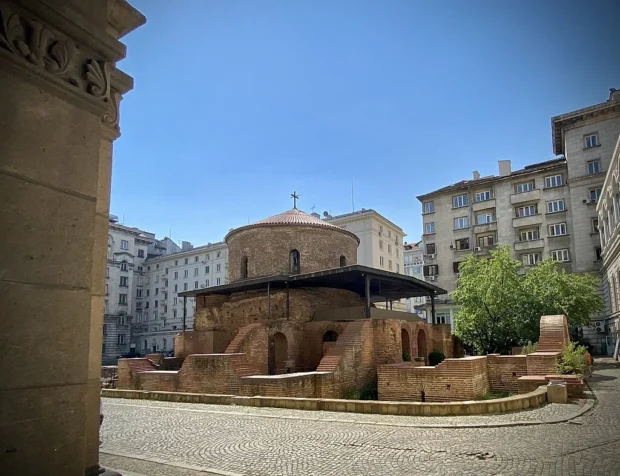Sofia, the capital of Bulgaria, is a city where history whispers from every corner and the present buzzes with life. Many travelers pass through without realizing how much this city can offer. From ancient churches sitting quietly amidst modern buildings to lively markets filled with fresh produce and handmade crafts, Sofia invites curious visitors to slow down and look deeper. The city is easy to reach and move around, making it a perfect spot for those who want a blend of old stories and everyday charm. Let’s dive into Sofia’s rhythms, sights, and tastes, sharing not just the well-known places, but also the charming oddities that make it truly special.
Table of Contents

Walking Through Sofia’s Historic Heart
The city center of Sofia feels like a book with pages from many centuries. One cannot miss the Alexander Nevsky Cathedral, a huge and beautiful Orthodox church with golden domes shining in the sun. Its walls are decorated with colorful mosaics and icons that tell stories of faith and art. Nearby, the Church of St. George stands like a tiny red brick treasure from the 4th century. It is the oldest building still standing in Sofia and has survived many changes in the city around it. Imagine standing in a quiet courtyard, surrounded by modern shops and cafes, yet feeling connected to a time long past.
If you are curious about another Balkan capital with a mix of history and daily life, Podgorica in Montenegro offers unique landmarks and local flavors worth experiencing.

Just a short walk away is the ancient Roman city ruins of Serdica, hidden under the streets and metro stations. When digging for Sofia’s metro, workers uncovered walls, streets, and a public building from the Roman period. The city has carefully preserved these ruins, and you can visit a small underground museum to see stone slabs and columns where people once traded and gathered. It is a surprising mix of old and new, showing how Sofia grew from a Roman town to a modern capital.
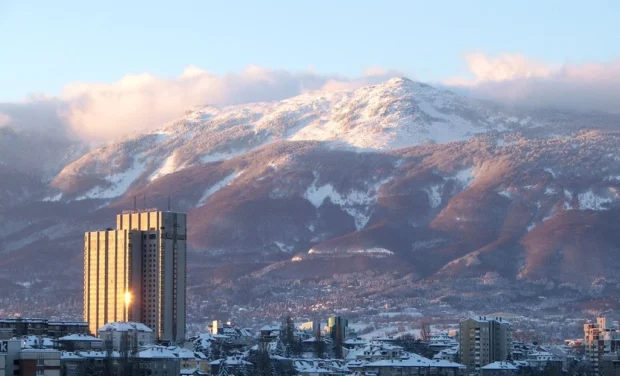
Markets and Neighborhoods to Visit in Sofia
Delving beyond the main sights, Sofia’s neighborhoods offer a different kind of encounter. The Central Market Hall, known locally as Tsentralni Hali, is a lively place where you can smell fresh bread, taste local cheeses, and watch vendors chatting with their customers. The building itself is an example of early 20th-century architecture, with large windows and a high ceiling that fills the space with light. Here, you might meet a friendly seller offering a sample of banitsa, a traditional pastry made with cheese and filo dough. Each bite carries a little history of Bulgarian home cooking.
For travelers fascinated by historic city centers and colorful markets, the vibrant Grand Place in Brussels offers a stunning contrast and further urban charm worth exploring through its unique architecture and lively atmosphere. Discover Grand Place Brussels.

For a quieter stroll, the district of Boyana at the city’s edge is worth a visit. It houses the Boyana Church, a UNESCO World Heritage site famous for its medieval frescoes painted in the 13th century. Walking around Boyana also brings you closer to Sofia’s green hills and the beginning of Vitosha Mountain, a favorite spot for locals who want to escape the city’s noise.
For travelers interested in diverse historic cities, the rich culture and landmarks of Antalya offer a remarkable Mediterranean coastal contrast to Sofia’s stories.

Where to Stay for a Comfortable Sofia Visit
Sofia offers many places to rest that suit different budgets and tastes. The city center has many guesthouses and small hotels within walking distance of the main attractions, perfect for those who want to be in the middle of the action. For a more peaceful stay, neighborhoods like Lozenets or Studentski Grad provide quieter streets, parks, and easy public transport connections. Renting an apartment is also popular-these often come with kitchens, so you can try cooking some Bulgarian dishes with fresh ingredients from local markets.
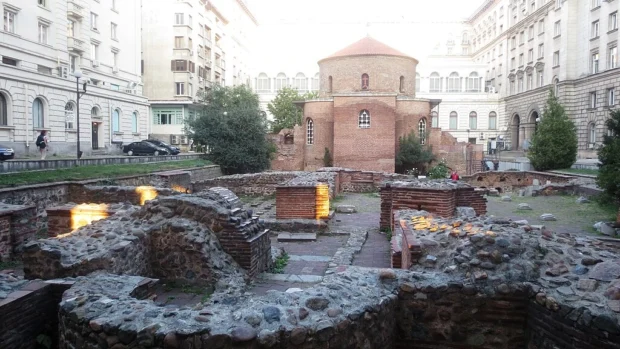
Eating Out: Bulgarian Flavors in Sofia’s Districts
Bulgarian cuisine may be new to some visitors, but it is full of rich tastes and wholesome ingredients. In Sofia, many restaurants serve shopska salad-a simple but delicious mix of tomatoes, cucumbers, onions, peppers, and grated white cheese. This salad is a must-try and reflects Bulgaria’s love for fresh vegetables and dairy.

For a heartier meal, try kavarma, a slow-cooked stew with meat and vegetables, or moussaka, layers of potatoes, minced meat, and creamy topping baked until golden. These dishes are usually found in restaurants in the area around Vitosha Boulevard, a popular place for dining and evening walks. Don’t miss the chance to taste ayran, a refreshing yogurt drink that locals enjoy, especially on warm days.

Getting Around Sofia: Practical Transport Tips
Public transport in Sofia is quite convenient. The metro system connects key parts of the city and even links to the airport, making arrivals and departures smooth. Buses and trams cover many neighborhoods, and tickets can be bought at kiosks or via mobile apps. Walking is also rewarding in the city center as many attractions are close together, allowing you to discover unexpected details along the way.

From Sofia Airport, the metro line M2 offers a direct ride to the center in about 20–25 minutes. It is a reliable option for those who prefer to avoid waiting or changing vehicles. Keep a small map or app handy, and you’ll find moving across Sofia simple and stress-free.
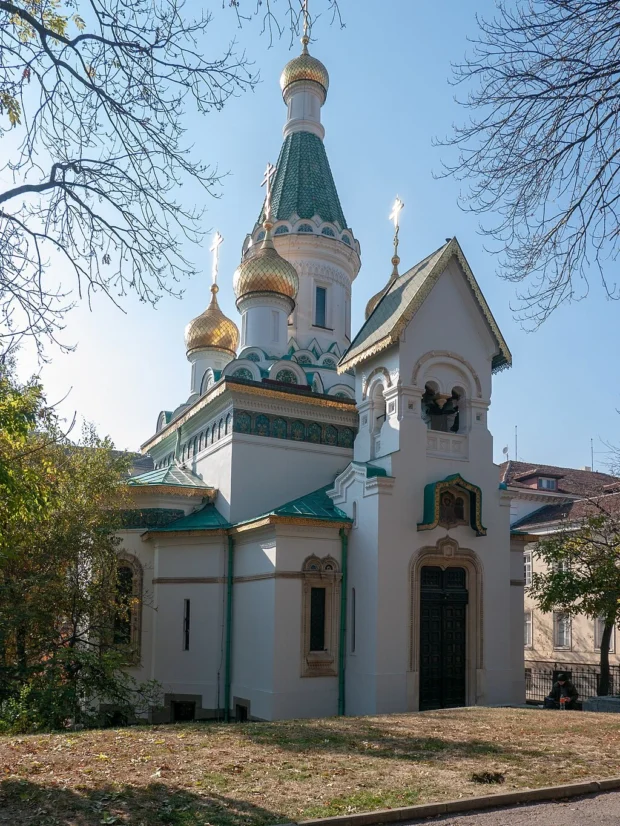
Customs and Culture: Friendly Ways to Connect with Locals
Bulgarian people are warm and proud of their traditions. When meeting someone new, a firm but friendly handshake is common. Bulgarians often nod once for “no” and shake their head for “yes”-this can be confusing but is part of their unique communication style. It is polite to remove your shoes if invited into a home.
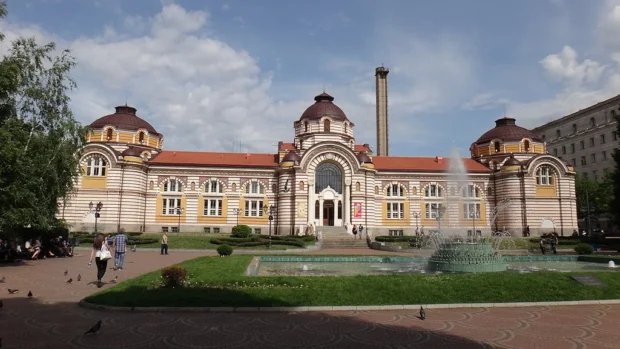
Remember to try to learn a few words in Bulgarian; greetings such as “Zdraveyte” (Hello) and “Blagodarya” (Thank you) are appreciated and show respect. When dining out or visiting churches, dressing modestly is a good idea, as some religious places expect visitors to cover shoulders and knees.
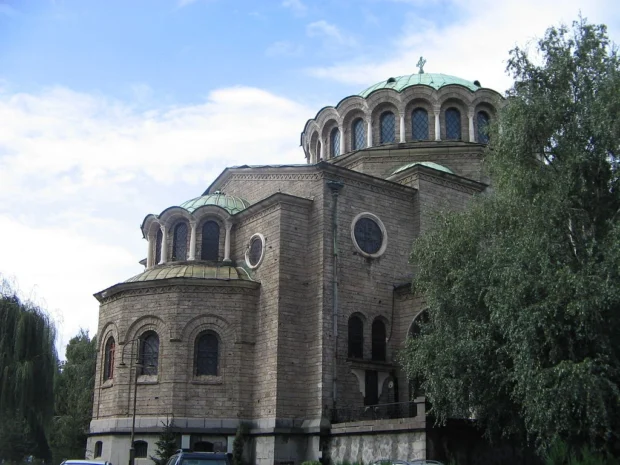
Unexpected Stories and Quirks of Sofia
One cheerful story that locals love to share is about the “Lions Bridge,” a small bridge guarded by four impressive bronze lions. It was built in the late 19th century, just after Bulgaria’s liberation from Ottoman rule. Each lion symbolizes courage and strength, reminding visitors of the country’s fight for freedom. But here’s a fun fact: the lions have been “added” to over time. Some say the bridge has more lion statues than originally planned, almost like a growing family watched over by these proud animals.

Another surprising detail is Sofia’s name itself. It comes from the Greek word for wisdom and is linked to the Saint Sofia Church, a quiet place with ancient tombs nearby. Walking in the churchyard at sunset, you can almost hear centuries of stories mixing with the modern city’s heartbeat.
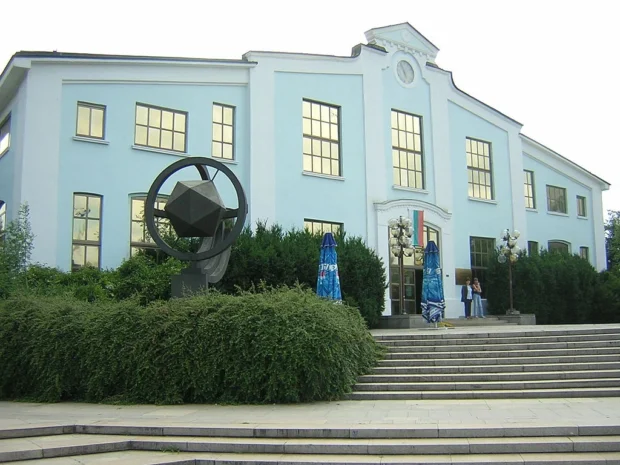
For railway lovers, Sofia offers an old railway station with impressive architecture and a small museum nearby. The trains here have been important in linking Bulgaria with the rest of Europe, and the station’s grand style tells of a time when rail travel was the most elegant way to move.
In spring, Sofia bursts into color during the festival of rose picking, celebrated in nearby villages but felt in the city too. The scent of roses fills the air, and markets sell rose oil products, a precious Bulgarian export. This event shows how connections between city life and rural traditions remain alive and cherished.
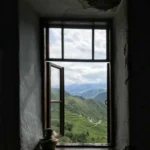
Eastern Europe travel specialist uncovering hidden gems from the Baltics to the Balkans.
- Oldest building in the city, Church St. George Rotunda Храм ротонда "Св. Георги", Sofia, Bulgaria – B by Sharon Hahn Darlin on Wikimedia Commons – cc by 2.0
- Alexander Nevsky Cathedral, Sofia (by Pudelek) by Pudelek (Marcin Szala) on Wikimedia Commons – cc by-sa 3.0
- Boyana Church 12 TB by Todor Bozhinov / Тодор Божинов on Wikimedia Commons – cc by-sa 3.0
- Sofia-vitosha-kempinski by podoboq from Sofia, Bulgaria on Wikimedia Commons – cc by 2.0
- National Palace of Culture (48828046592) by David Stanley from Nanaimo, Canada on Wikimedia Commons – cc by 2.0
- Ivan Vazov National Theatre, Sofia by Pudelek (Marcin Szala) on Wikimedia Commons – cc by-sa 3.0
- Church St Georg Rotunda IMG 0538 by Bjoertvedt on Wikimedia Commons – cc by-sa 4.0
- Sveta Sofia Church, Sofia (P1070749) by Matti Blume on Wikimedia Commons – cc by-sa 4.0
- Sofia – National Museum of History by Ann Wuyts on Wikimedia Commons – cc by 2.0
- Banya Bashi Mosque – Sofia – Bulgaria – 02 (28009163777) by Adam Jones from Kelowna, BC, Canada on Wikimedia Commons – cc by-sa 2.0
- Nikolaj church, Sofia (P1070761) by Matti Blume on Wikimedia Commons – cc by-sa 4.0
- Sofia Center, 1000 Sofia, Bulgaria – panoramio (55) by karel291 on Wikimedia Commons – cc by 3.0
- Boulevard Vitosha (5) (37448099450) by Hans Birger Nilsen on Wikimedia Commons – cc by-sa 2.0
